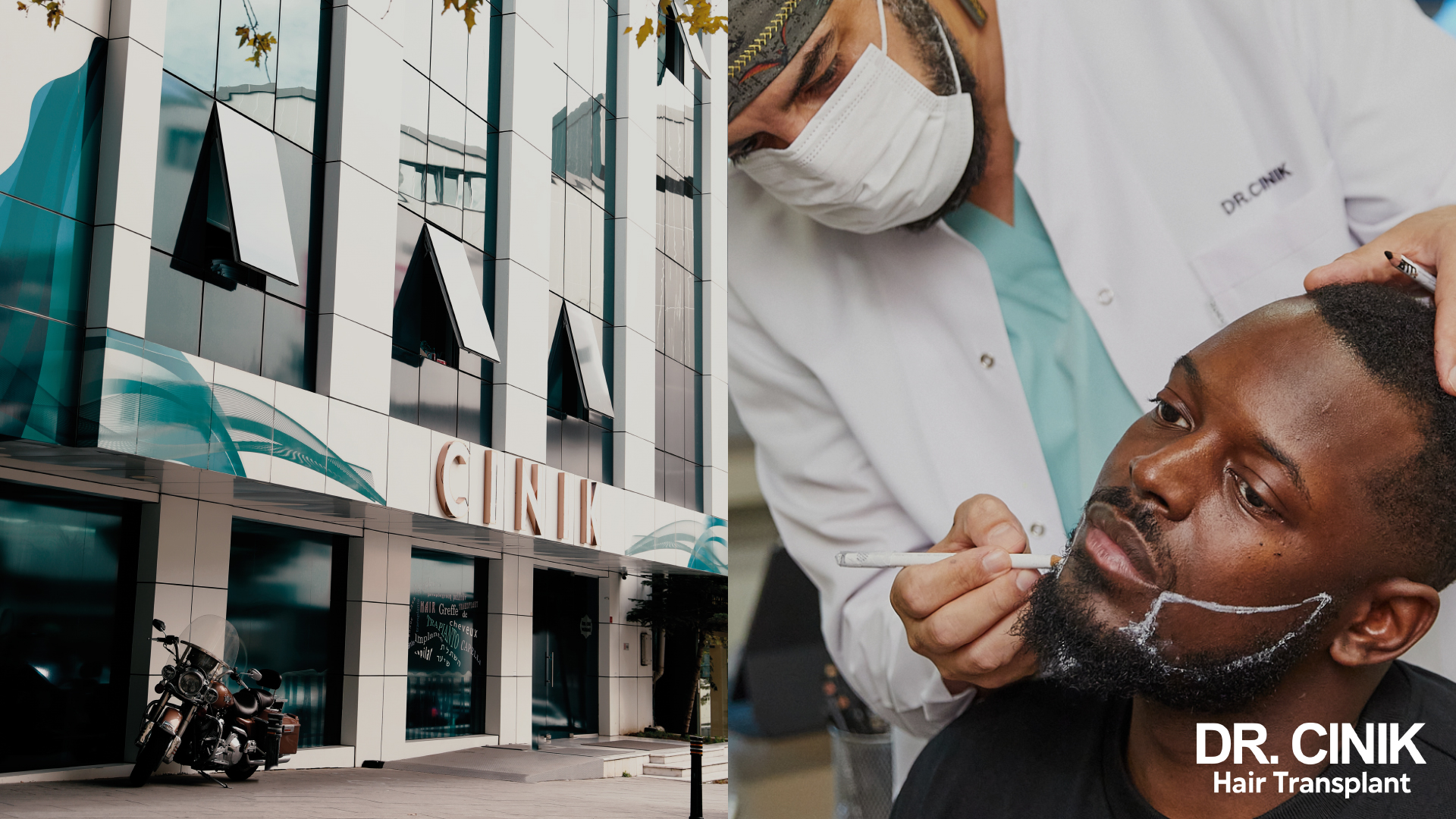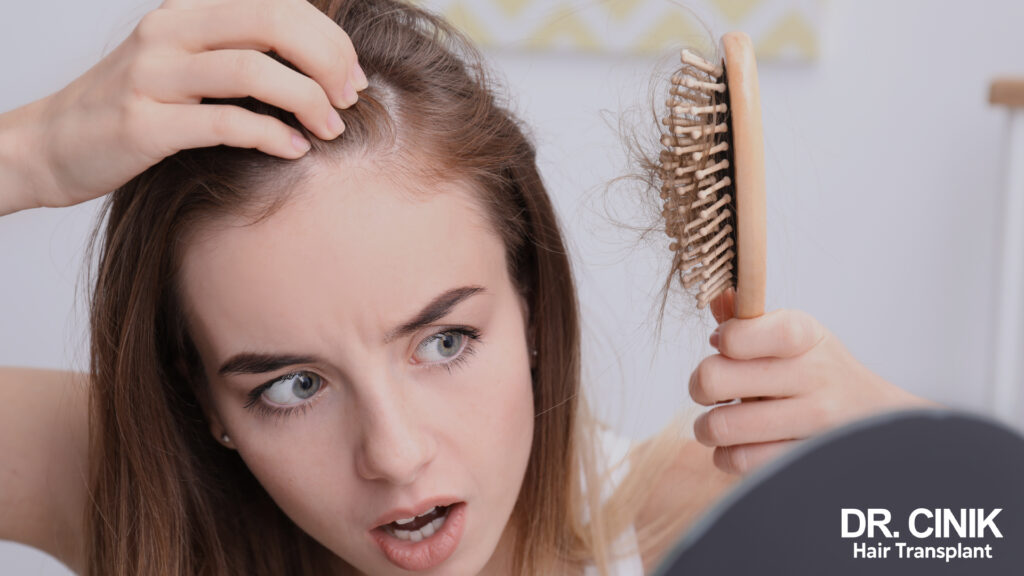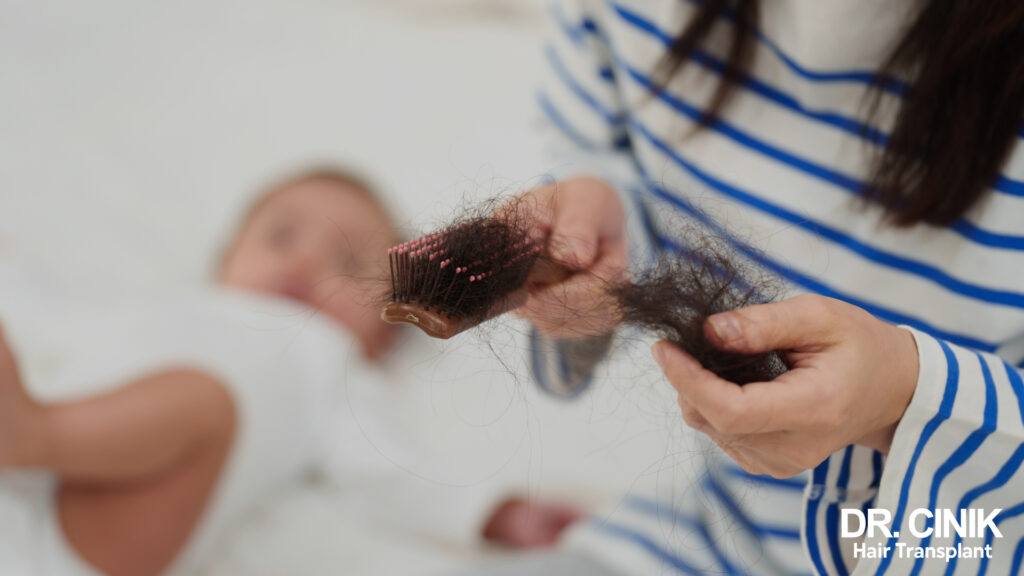Patchy Beard: Understanding the Causes and Discovering Effective Solutions for a Fuller Beard

Summary
The beard is more than just facial hair; it’s a potent cultural symbol, especially in Western societies, where it signifies qualities like masculinity, maturity, and wisdom. For many men, a patchy or thinning beard can be a blow to self-confidence and emotional well-being. This article explores the underlying reasons behind sparse beard growth and provides actionable solutions for attaining a fuller, denser beard.
Why is your beard patchy?
Genetic reasons
If your beard is thinning, the cause is probably genetic. Your genes regulate not only the production of testosterone in your body but also its transformation into DHT, an essential hormone for beard growth. However, the density of your beard doesn’t just depend on these hormone levels. The sensitivity of your hair follicles to DHT is also a determining factor. So, if your beard is less dense, it’s likely that you produce less testosterone and DHT or that your hair follicles are less receptive to these hormones than a man with a fuller beard.
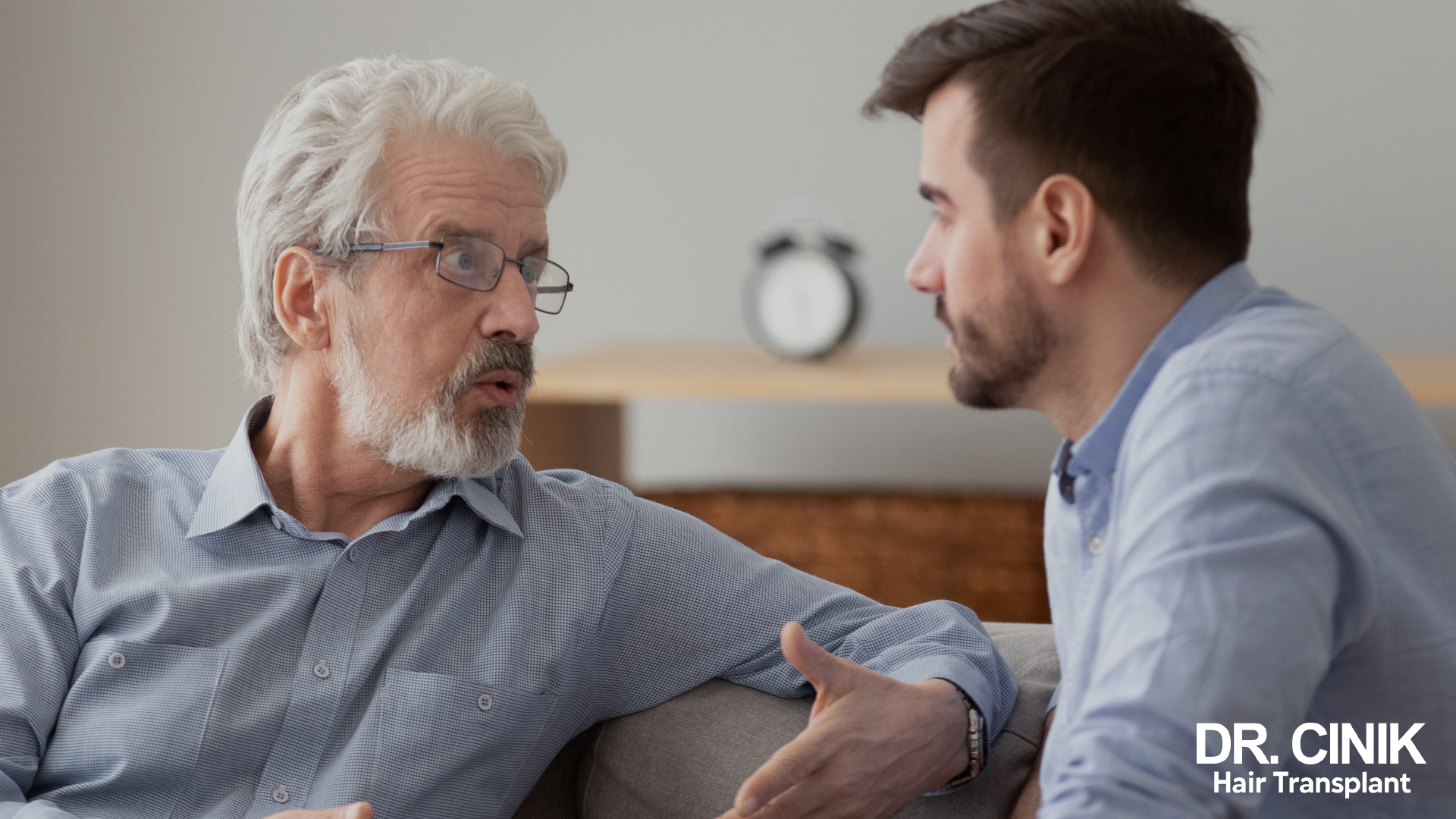
Age-Related Factors
As you age, the sensitivity of your hair follicles to DHT tends to increase, offering hope for those with sparse beards in their younger years. Many men experience a significant thickening of facial hair starting around the age of 25, and this trend generally continues until about age 30. After hitting this milestone, however, testosterone and DHT production can decline, potentially leading to a thinner beard.
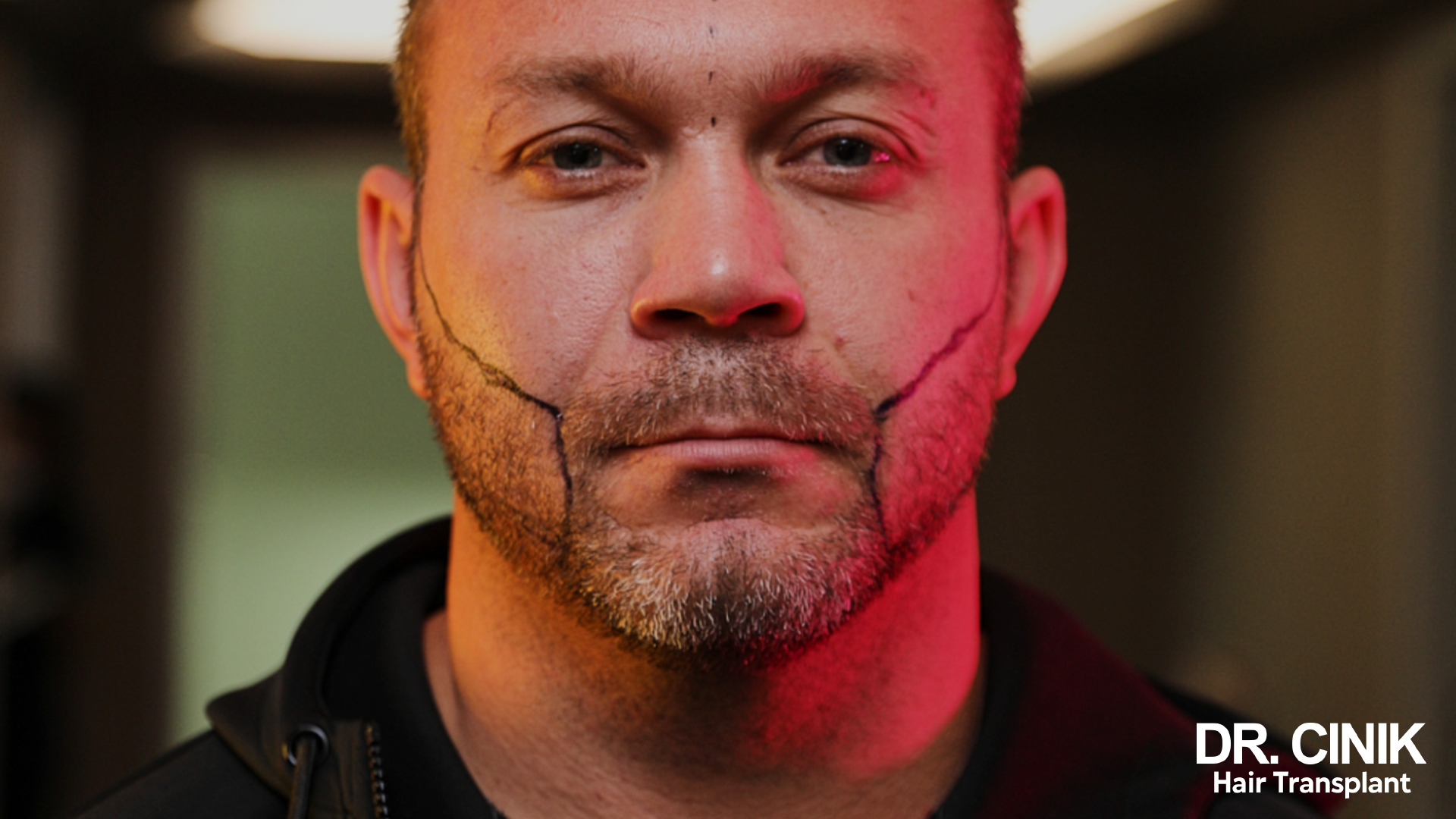
Health Conditions
Alopecia Barbae
Alopecia barbae is a specific form of alopecia areata that targets the beard area. Initial symptoms typically involve small, bald patches that gradually expand. Hair surrounding these patches may lighten or turn white, and the skin may become irritated, inflamed, and red. This condition is triggered by the immune system attacking the hair follicles, although the exact reason for this is still unknown. Individuals with a family history of autoimmune diseases are at greater risk. Both stress and genetic factors can contribute to the condition’s onset.
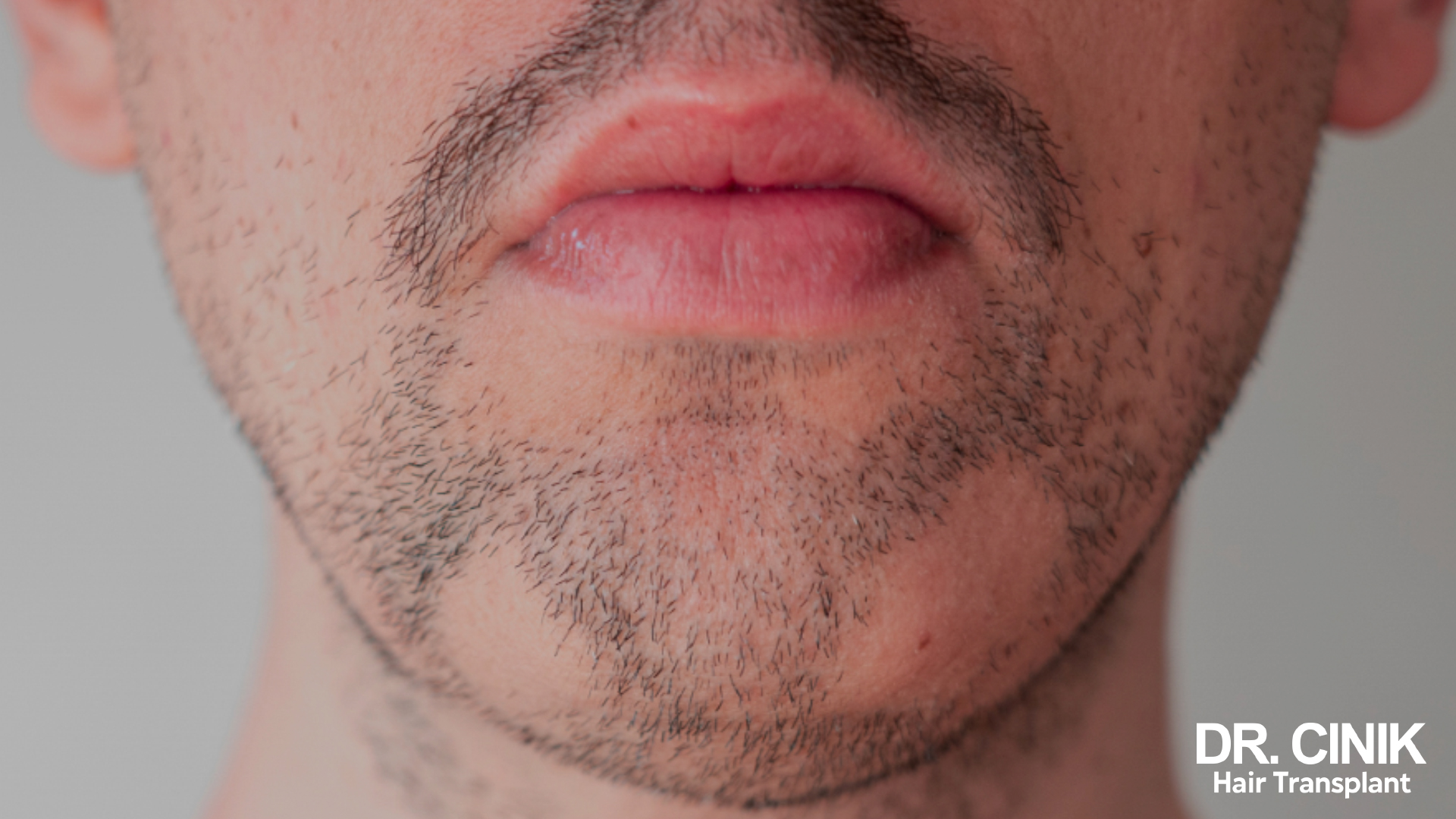
Diagnosis is usually made by a dermatologist or a trichologist (a dermatologist specialising in hair conditions), who may perform skin tests or biopsies to eliminate other potential causes like thyroid issues or fungal infections. Common treatment options include topical or injectable corticosteroids and Minoxidil, applied directly to the affected areas. Stress management therapy is also available as a supportive measure.
Trichotillomania
Trichotillomania is a form of obsessive-compulsive disorder (OCD) that involves an uncontrollable urge to pull out one’s own hair, including facial hair. Despite knowing that this behaviour is problematic, individuals often find it difficult to stop, which can lead to patchy or even entirely bald areas in the beard or scalp. Trichotillomania often manifests in response to heightened levels of stress or anxiety. Various negative emotional states, such as sadness, anger, and boredom, as well as post-traumatic stress episodes, can trigger compulsive hair-pulling. A challenging family environment or past traumas may also contribute to the onset of this condition. Research indicates that genetic predisposition and imbalances in brain chemistry may also play roles in triggering trichotillomania.
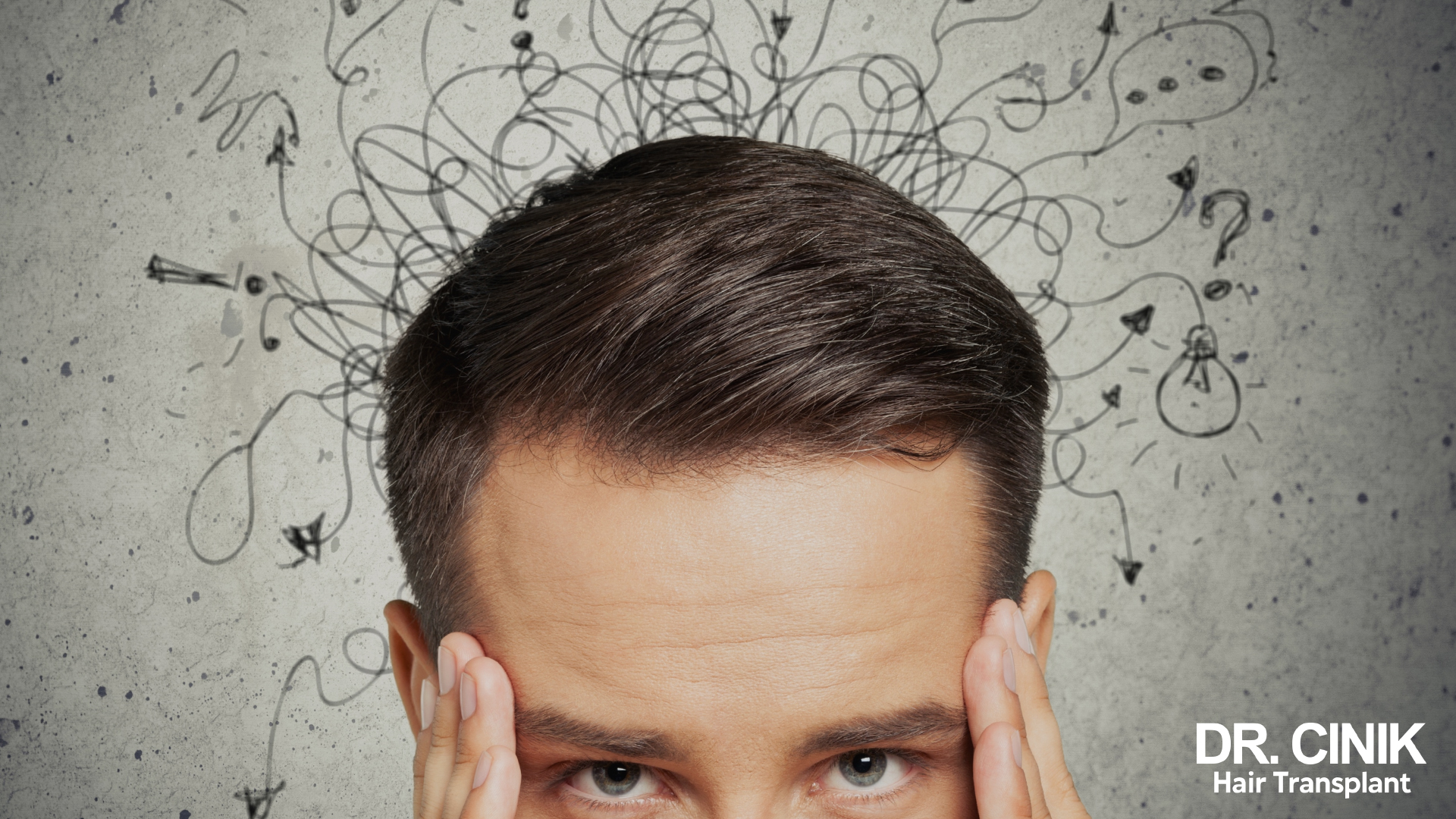
For treatment, cognitive behavioural therapy (CBT) is commonly recommended. CBT helps patients understand the root causes of their condition and offers alternative coping strategies for stress and anxiety. Medication may also be prescribed, especially if the patient suffers from concurrent anxiety or depression. Relaxation techniques like hypnosis, sophrology, and meditation can be supplemental aids in managing symptoms.
Once a patient has effectively managed the condition, a beard transplant can be an option to restore a more normal appearance.
How to Improve Beard Density
Topical Treatments
Minoxidil
Originally designed to treat androgenetic alopecia, Minoxidil has shown promising results when applied to the face for enhancing beard growth. The medication works by extending the anagen phase of the hair cycle, which is the active growth stage of hair follicles. This leads to the enlargement of the follicles, resulting in thicker and longer beard hairs. For maximum efficacy, it is advised to consistently apply Minoxidil to areas of the face where hair density is low. As with any medication, potential side effects should be considered. Notably, skin issues such as dryness and unintended hair growth in areas not targeted for treatment have been reported.

Topical Application of Testosterone
A study recently explored the impact of a medically prescribed 2.5% testosterone gel on beard growth in young men. The findings indicated that the gel effectively stimulated the transition of terminal hairs in the beard area. This suggests that topical testosterone application can be a viable method to encourage beard growth, especially for men who have naturally low levels of the hormone.
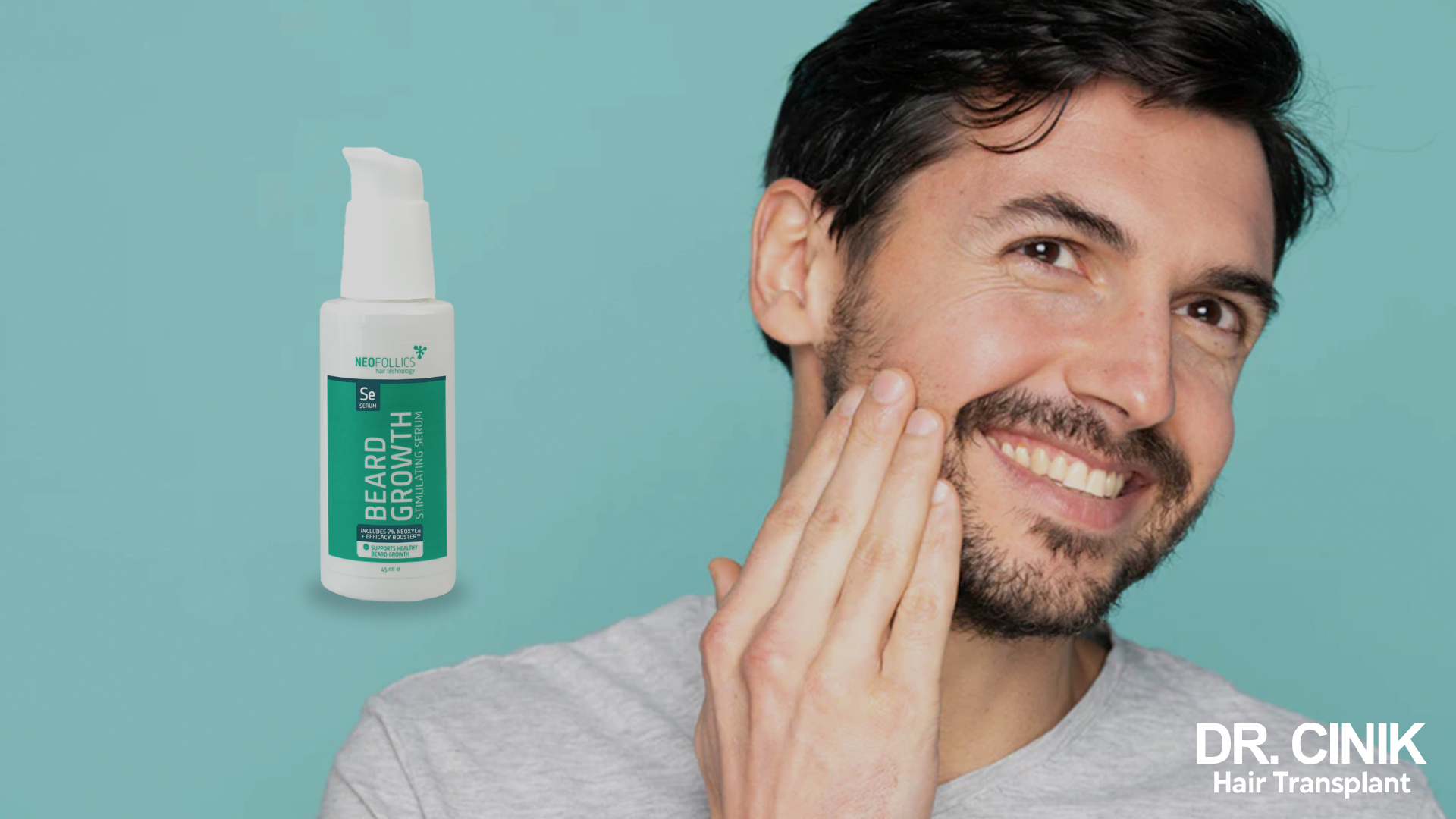
Beard Transplant
For those looking to achieve a fuller, more defined beard, a beard transplant can be an effective solution. This surgical procedure entails harvesting hair follicles from a donor area, typically the back of the scalp, and implanting them into the sparse areas of the beard. The initial step involves identifying the donor and recipient areas. Hair grafts are then individually harvested from the scalp using the FUE (Follicular Unit Extraction) technique, a non-invasive method that leaves no scarring. These grafts are meticulously implanted into the designated areas of the beard and moustache that require densification.
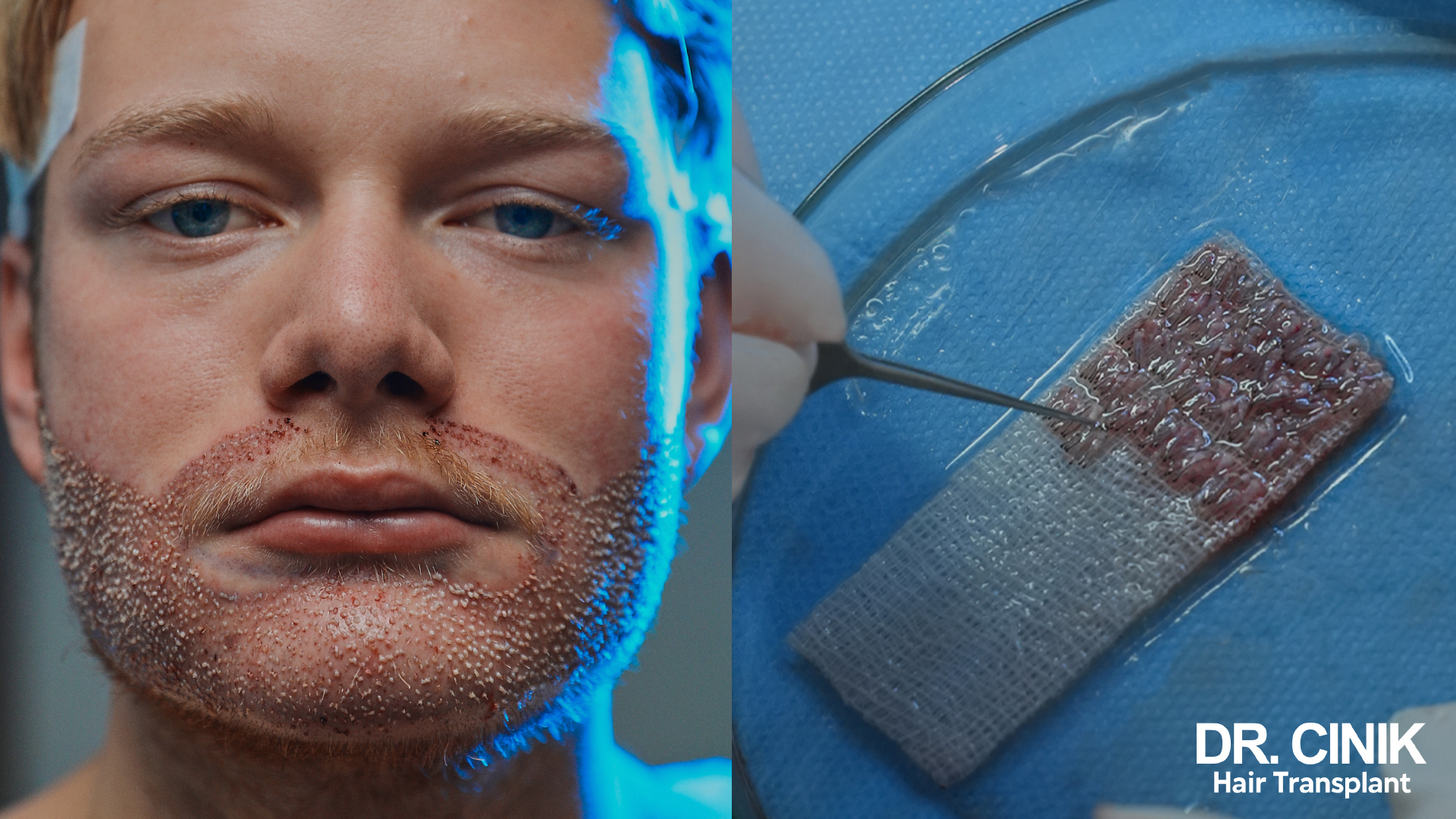
Both during the operation and in the post-operative phase, special care is taken to optimise healing and outcomes. After the procedure, scabs may form on the treated areas, but these usually disappear within 1 to 2 weeks. The regrowth of transplanted hair generally starts around 3 to 4 months post-surgery. By 6 to 8 months, the beard appears naturally dense. After a year, the results are typically permanent, culminating in a full, even beard.
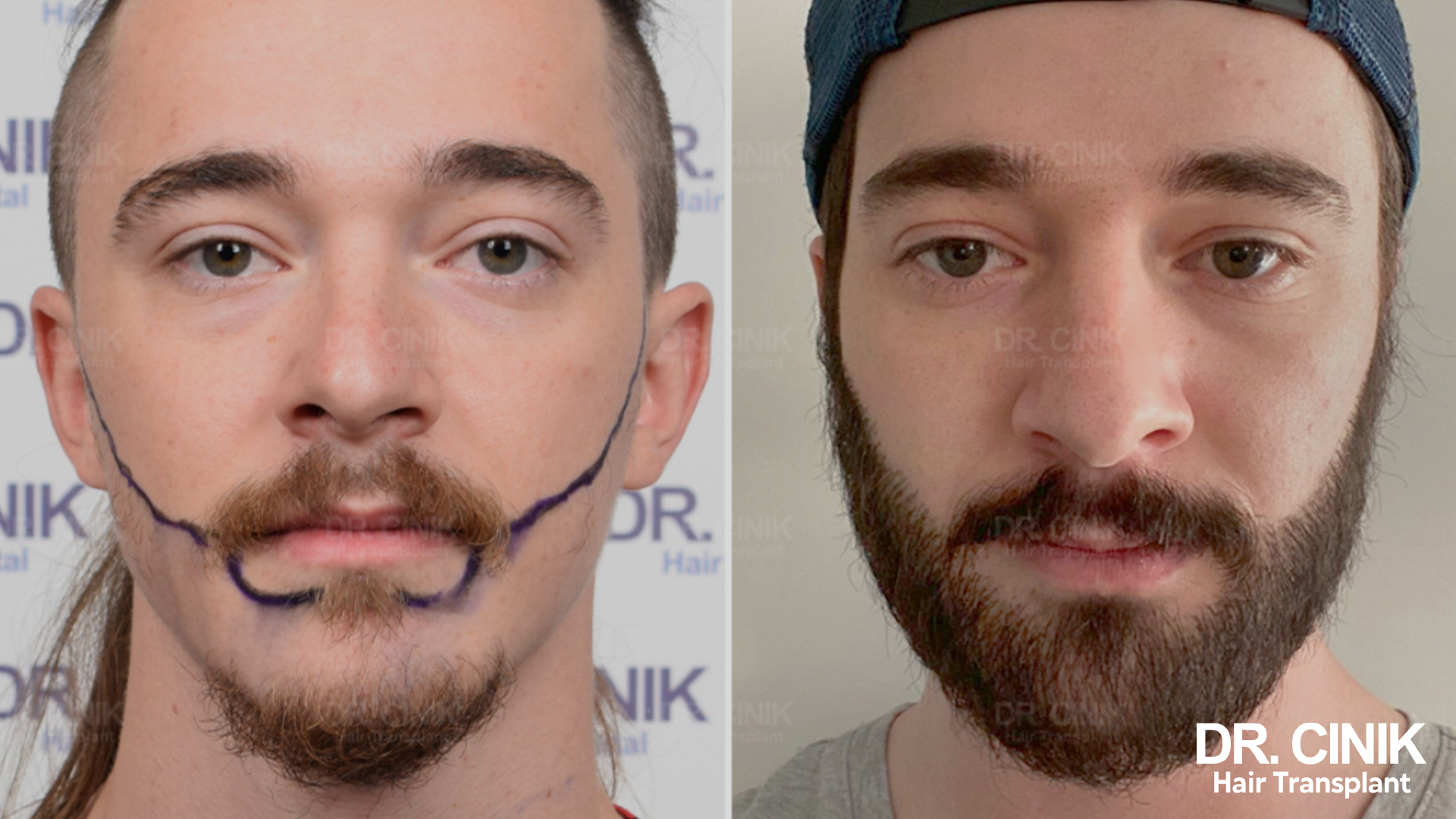
Turkey has become a popular destination for beard transplants, particularly at Dr. Emrah Cinik’s clinic, which is renowned for the expertise of its surgeons and rigorous post-operative care.
